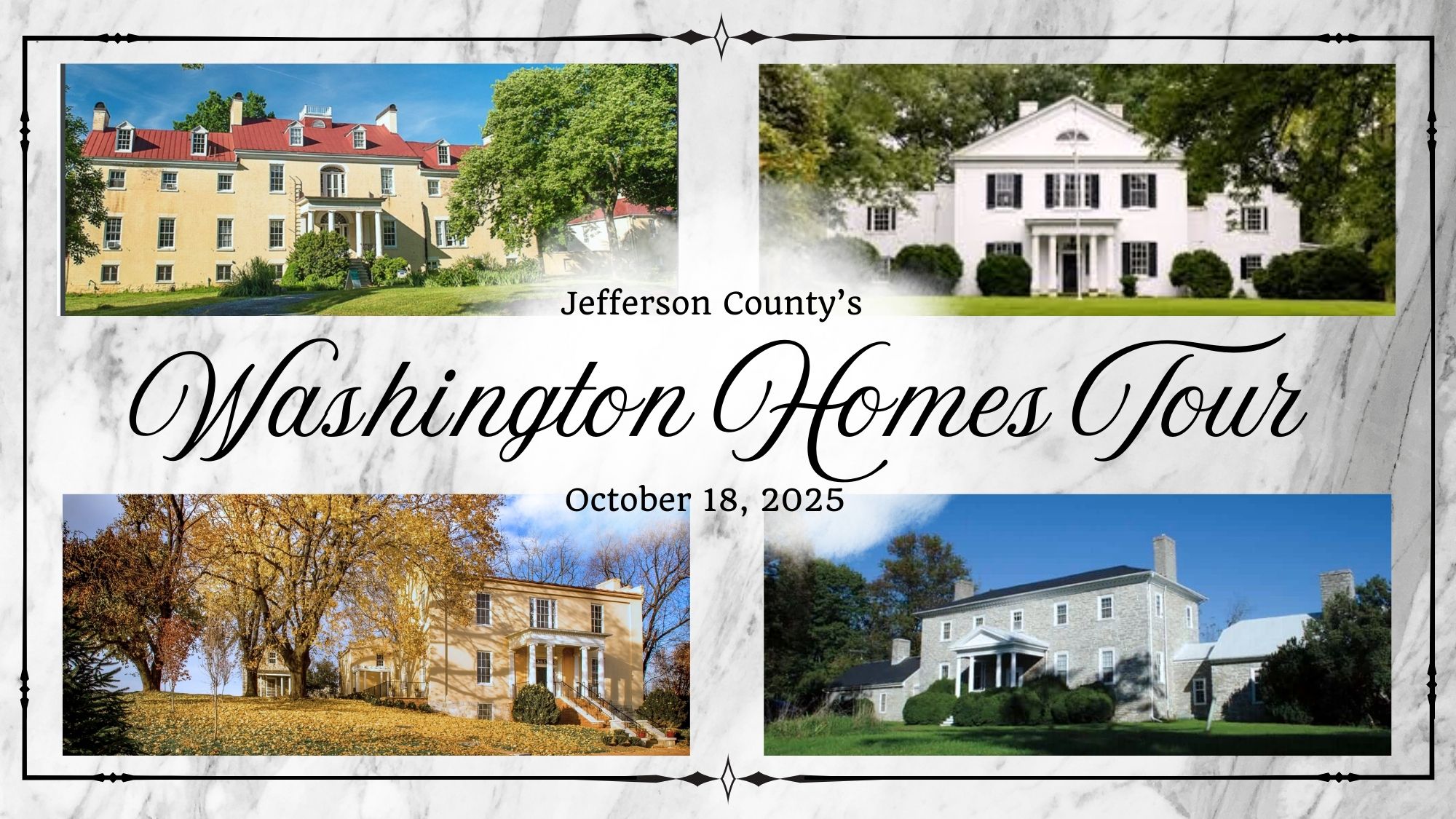
2025 Washington Homes Tour
Jefferson County, WV, is home to a number of homes built by the Washington family. George Washington surveyed the area as a young man, and [...]
Powered by Events Manager

Powered by Events Manager
Comments are closed.